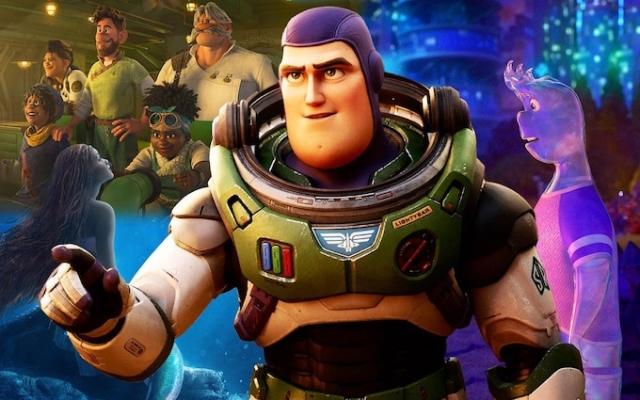 Lightyear, Little Mermaid and Elemental did nothing to save the faltering brand. Credit: Disney
Lightyear, Little Mermaid and Elemental did nothing to save the faltering brand. Credit: Disney
In November 2012, shortly before Disney's 90th Anniversary, Disney released a six-minute animated film that hinted that revolution was in the air. Directed by John Carse, a veteran of Pixar's explosive creative early years, it was called Paperman and was in many ways a throwback: it was black and white, it had no spoken dialogue, and it was set in the 1940s of the Frank Capra era. NY.
What made him radical was his appearance. Using new software called Meander, Kars and his artists managed to combine rich 3D computer graphics with the tactility and power of old-fashioned hand-drawn art.
“There was this perception that we were the only studio in the world with this breadth of talent,” Paperman producer Christina Reed told Wired tech magazine at the time. “Can we do something by putting them together? Is there anything new we can achieve visually that hasn't been seen before in any studio?»
The industry held its breath. It was arguably the biggest technological and stylistic leap forward since 1995, when Toy Story first brought digital animation to theaters. Once this extraordinary new style found its way into a major feature film, animation changed forever.
Sure enough, six years later it was, but Disney wasn't the studio to do it. In 2018, Sony Pictures Animation released Spider-Man: Into the Spider-Verse, an all-ages superhero adventure in a similar hybrid style that combines the best of traditional and digital technology. The result was a film that felt like a comic book come to life: scribbled ticks and squiggles flowed smoothly through the detailed computer environment, and the emotions of the characters, like in the old days, were literally written on their faces in thoughtful, engraved lines. .
Simple touches like animating the characters back in “pairs” – that is, doubling their frames so that each second of footage is made up of 12 separate drawings rather than 24 – brought back to their movements a nice vintage crunch that had been lost in the new fluidity. CG age. The difference now is that the backgrounds can be smooth and the characters crisp, or vice versa, changing depending on the mood and actions. It's something that affects the audience subconsciously, but makes them feel like they're watching something both technologically extraordinary and lovingly handcrafted. .jpg» />State of the Art: An exceptional hybrid of hand-drawn and CGI Into the Spider-Verse Credit: Sony Pictures Animation
What was now inevitable in the Spider-Verse style was immediately copied by other studios: Paramount uses it in Teenage Mutant Ninja Turtles: Mutant Mayhem this summer, and Dreamworks used it in both Bad Boys and Puss in Boots: The Last Wish. . Sony has used the technique twice more, first in Mitchells vs. the Machines and then in Spider-Man: Into the Spider-Verse this month, taken to dizzying new extremes.
If the first Spider-Verse movie was a living comic book, the second is more like an art gallery riot: Expressionist ink and paint splatter, torn paper collages, and renaissance-style drawing all jostle to get into the audience's field of vision. It is avant-garde in direct translation, but at the same time clearly lucrative as it made £16m in the UK and $405m worldwide in just two weeks.
How did Disney and Pixar react? Until recently, continuing to do exactly what they did before Paperman. There were rumors that 2016's Moana might adopt this new style, and when that didn't happen, all eyes turned to Jack and the Beanstalk adaptation called Gigantic… which was then quickly cancelled. Instead, they stuck to the new house style set in 2010's Rapunzel: Tangled, which worked great for some projects (notably Encanto and Raya and the Last Dragon), but less so for others, like last year's Strange World. , a sci-fi parable about venomous masculinity. who already seems to barely remember.
Meanwhile, on a purely commercial front, Disney has lost hopelessly to the upstarts Illumination, whose latest Minions sequel outsold Weird World by almost 13 times, and whose full-length Super Mario Bros commercial—sorry, adaptation—recently overtook Frozen at the box office. fees all the time. At the same time, sister studio Pixar seemed to be in an existential crisis. Lightyear, their boring spin-off of 2022 Toy Story, seemed to openly hate its widely loved protagonist, but it was this film that hit theaters while groundbreaking masterpieces like Soul and Turning Red were directed to Disney+ as glorified subscriber privileges.
Their latest original creation, a romantic adventure between fire and a drop of water called Elemental, hits theaters in three weeks, though its reception at Cannes last month was relatively muted. Barely a week after Elemental premiered, the studio woke up to news of drastic layoffs, in which Lightyear director Angus McLain was among 75 employees laid off.
 This is likely another failure: Elemental Credit: Disney/Pixar
This is likely another failure: Elemental Credit: Disney/Pixar
Amid these crises, how has the Disney legacy fared? Well, the studio still used the services of old-school masters like Eric Goldberg, who served as lead animator on Robin Williams' Genie in Aladdin. But that vault of genius has only been opened occasionally, and for relatively niche work: Goldberg's own high-profile recent performance was on Moana bringing Maui's tattoos to life. From a position of seemingly undeniable advantage — they had the talent, the legacy, the vision — Disney lost the initiative.
However, as their 100th birthday approaches, they try to bring it back. This week in London, Disney Animation Chief Creative Officer Jennifer Lee showed critics and reporters 20 minutes from the original fairy tale musical «Desire», which will coincide with the studio's centenary celebration this November. It's about a country girl named Asha, voiced by Ariana DeBose from West Side Story, who befriends a wish-granting star that falls to Earth: soon enough, the forest creatures perform comic numbers and the evil monarch's plans are revealed. After Strange World, it's like going back to the drawing board, and luckily, it's on the drawing board that most of Wish was created.
Here, at last, is Paperman's spiritual successor: a film that recreates the spirit of mid-century Disney classics in a way that seems to blend seamlessly with the most advanced form processes.
Instead of the poppy abundance of the Spider-Verse movies, Wish returns to the hand-painted folklore spirit of Disney's first 50 years: it's just that now the towers, forests, and courtyards described by those brushstrokes exist as virtual three-dimensional images. spaces inhabited by computer-generated characters, but who move and emote with the whistle and click of traditional cartoons. Lee cited the studio's 1959 masterpiece Sleeping Beauty as one of Wish's main inspirations, and compared the background and character sketches to sketches from the 1930s production of Snow White and the Seven Dwarfs. After Disney+ related disruptions, she was also keen to emphasize that the film would open exclusively in theaters, with no quick release on digital channels. “It will be a long work with full commitment to the theatres,” she stressed. Hooray, cinemas.
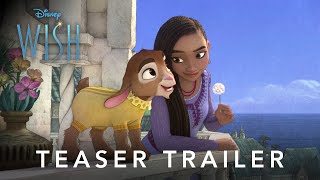
Why did it take Disney so long to get here? Lee described the studio's recent culture of caution, which, it's fair to say, probably wasn't such a big factor at Sony Animation, which hadn't even made films in 20 years and had no real legacies of its own to worry about beyond the popular series Hotel Transylvania and Cloudy with a Chance of Meatballs. (And, um, The Emoji Movie.)
«I say this with great respect, but the Spider-Verse required a completely different technology than we do to make it,» Lee explained. “Disney has always had a desire to make this image only when it could really reflect the art style that we care about. We had the technology, to some extent, five or six years ago. But then we realized that we had a scene on the water, and just to find a way to apply this view only to the water, it took many more months of research and development.
While the early the footage is adorable — and the songs are insanely infectious — only time will tell if Disney's efforts have paid off. But if they do, next year's animated Oscars fight could be an Ali-versus-Fraser-level matchup. In the red corner, Spider-Man; in the blue corner, Princess Asha: Place your bets while the ink is still wet.
Elemental in theaters July 7; Wish in theaters November 23







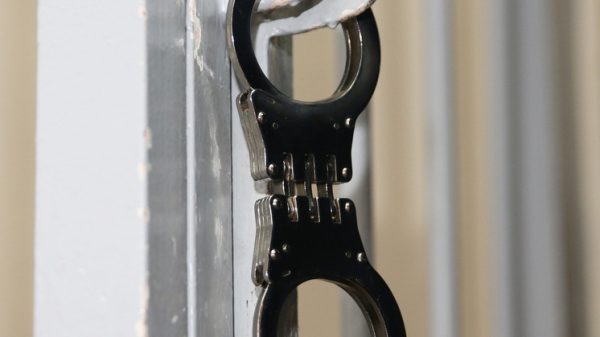





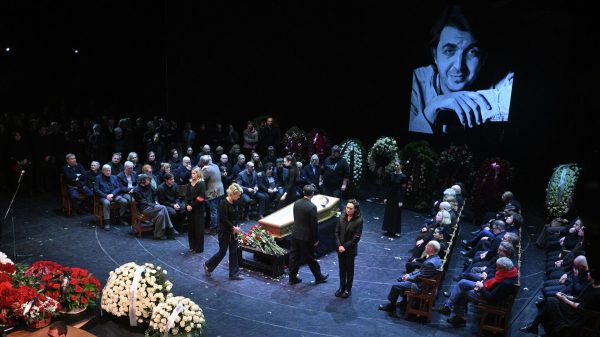
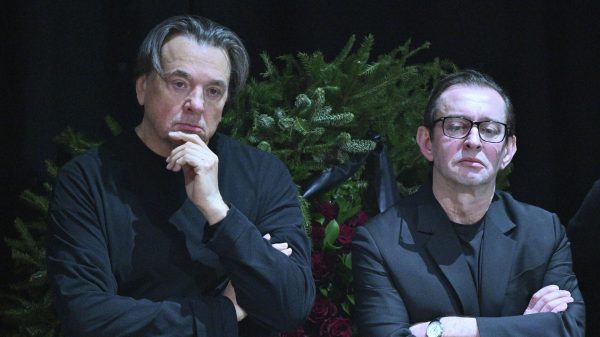
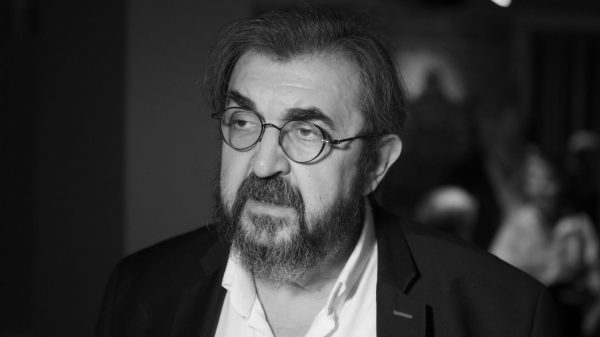
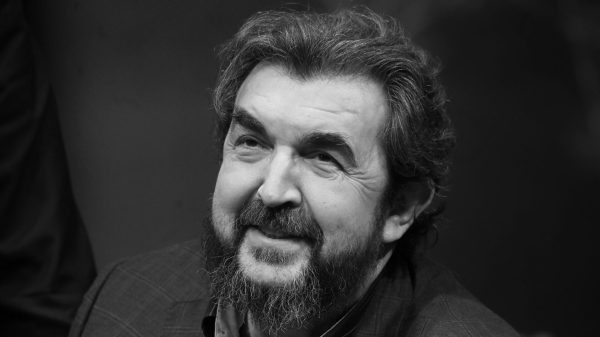
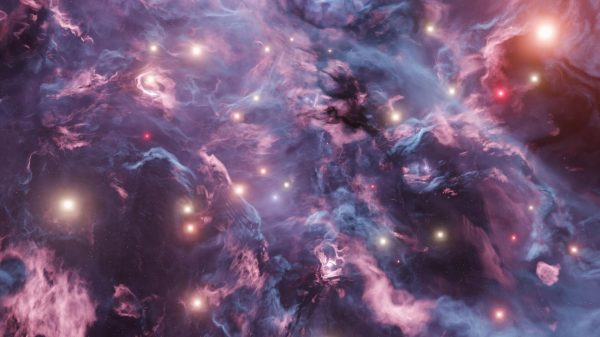
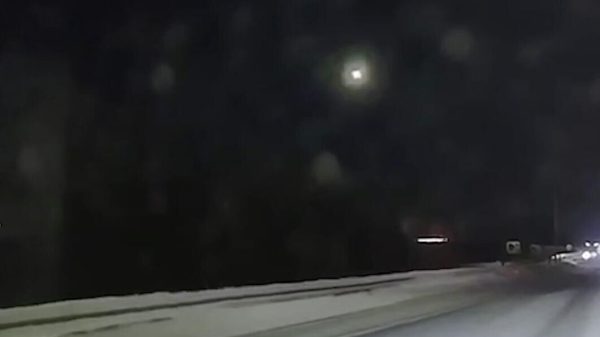


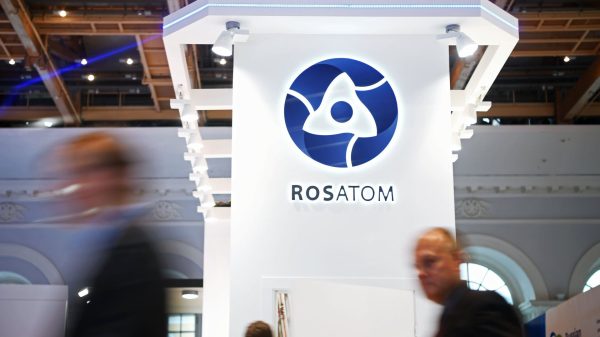






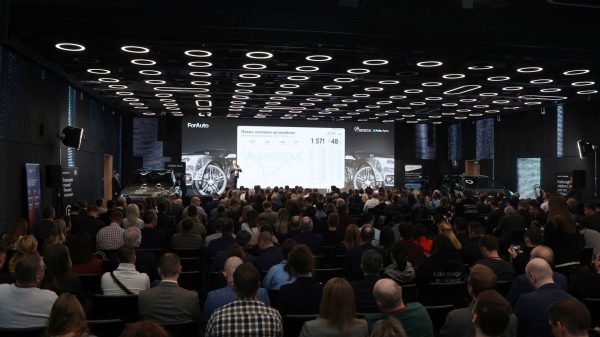





























Свежие комментарии